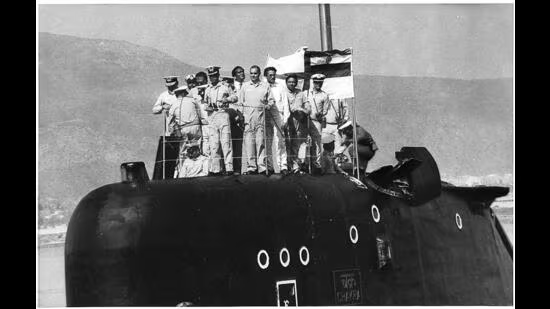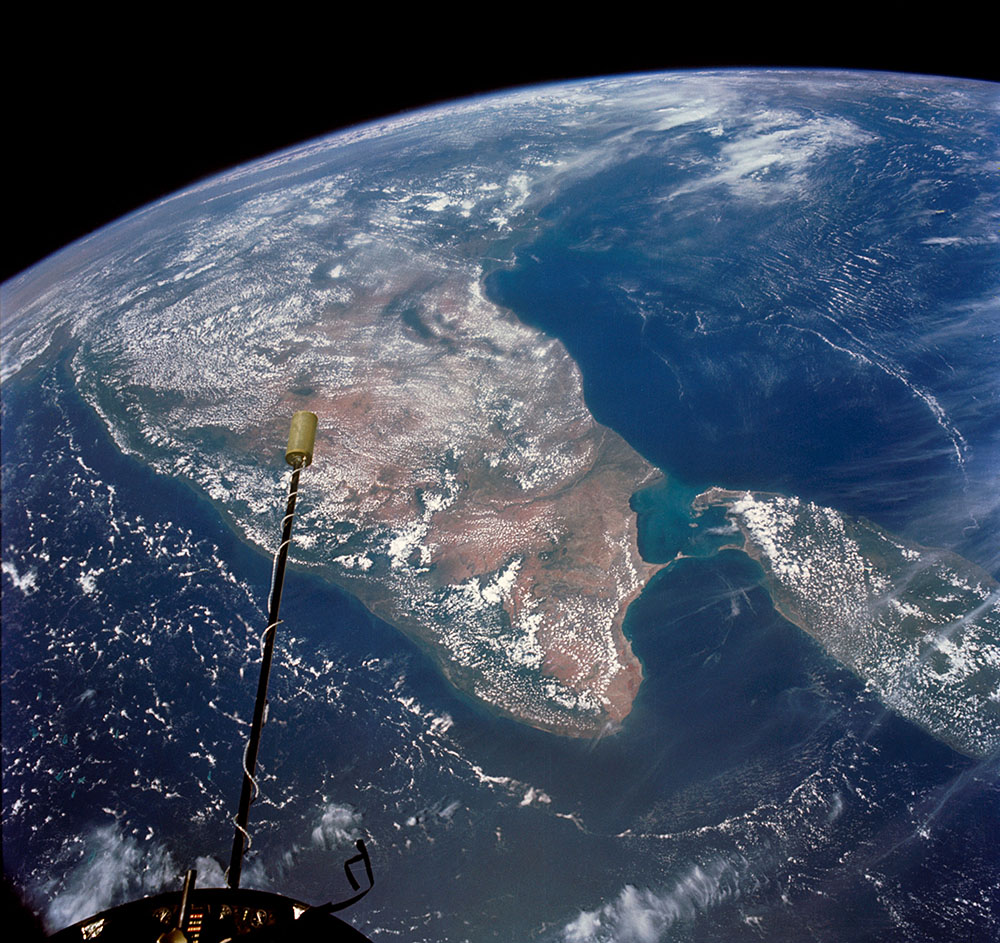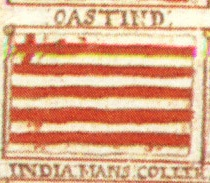The Future: Would greatness elude us? (Part II)

Skylab, US' first space station India is planning a space station (to be named, Bhartiya Antariksh Station) which might enter orbit in 2035, weighing about 20 tonnes. US sent its first space station to orbit in 1973. The International Space Station(ISS) that orbits earth today weighs 450 tonnes. it reached this mass by gradually adding successive modules and sometimes from the different partner nations in ISS Thus, Indian space station and space activities while being nimble and parsimonious are not in the same league as the United States. Not much different from the fact that millions of students attempt one of the toughest test for a few thousand seats at India's IITs. The myth making behind the successes of IITs are understandable given that when a people have very few things to look upto, they would worship whatever is better than the rest. But what sort of value addition takes place in the IITs. Not much. The very best of the world largest nation make it to the IITs, th...



